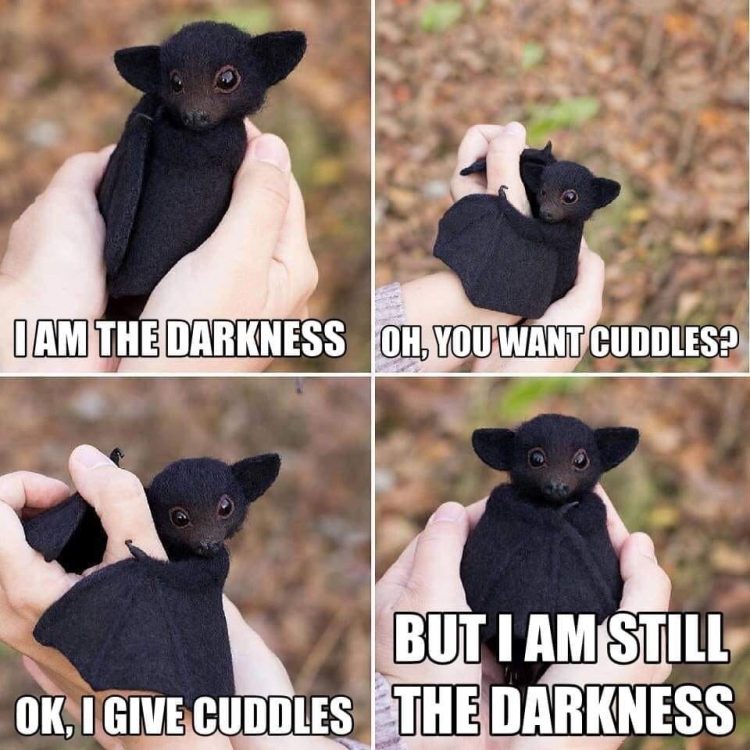Halloween approaches, which brings with it many images, including that of the occasionally maligned bat. Bram Stoker didn’t do the bat any favors back in 1897 when he decided to associate them with vampires.
Why am I talking about this? One, because I think bats are absolutely fascinating. Between echolocation and their status as the only flying mammals, not to mention their habit of sleeping upside down, they’re a unique and interesting genus. Two, because bats in the United States are dying off in record numbers from an epidemic infection, an event described as the most precipitous wildlife decline in the past century, having killed nearly seven million bats.
You might be thinking that your fear levels may drop with fewer bats in the world, but here are a few thoughts that might change your mind:
- More bats mean fewer bug bites. Many bat species are insectivores who eat 6,000-8,000 insects every night, providing an estimated $3.7B worth of pest control annually.
- Fewer bug bites mean better health. Many insects carry diseases like Zika, West Nile Virus, and Lyme disease.
- Do you like to eat? The insectivore bats help reduce pests that eat crops. Nectar-eating bat species are pollinators.
- How about tequila? Blue agave, the main ingredient in tequila, is dependent on bats for pollination.
- Those mangoes you’re eating? Many tropical fruits are seeded by fruit-eating bats.
Go out there and support you local bat! Here’s how:
- Join Bat Conservation International.
- Build or buy a bat house!
- Dead trees in your yard? If you’ve got a dead tree in your yard that isn’t endangering your property, consider leaving it there. Dead trees make great roosts for bats.
- Keep your cat indoors. Domestic cats are among the most common causes for lethal bat injuries. If you can’t keep your cat inside all the time, at least consider bringing it when bats are most active, a half-hour before sunset to a half-hour after.
